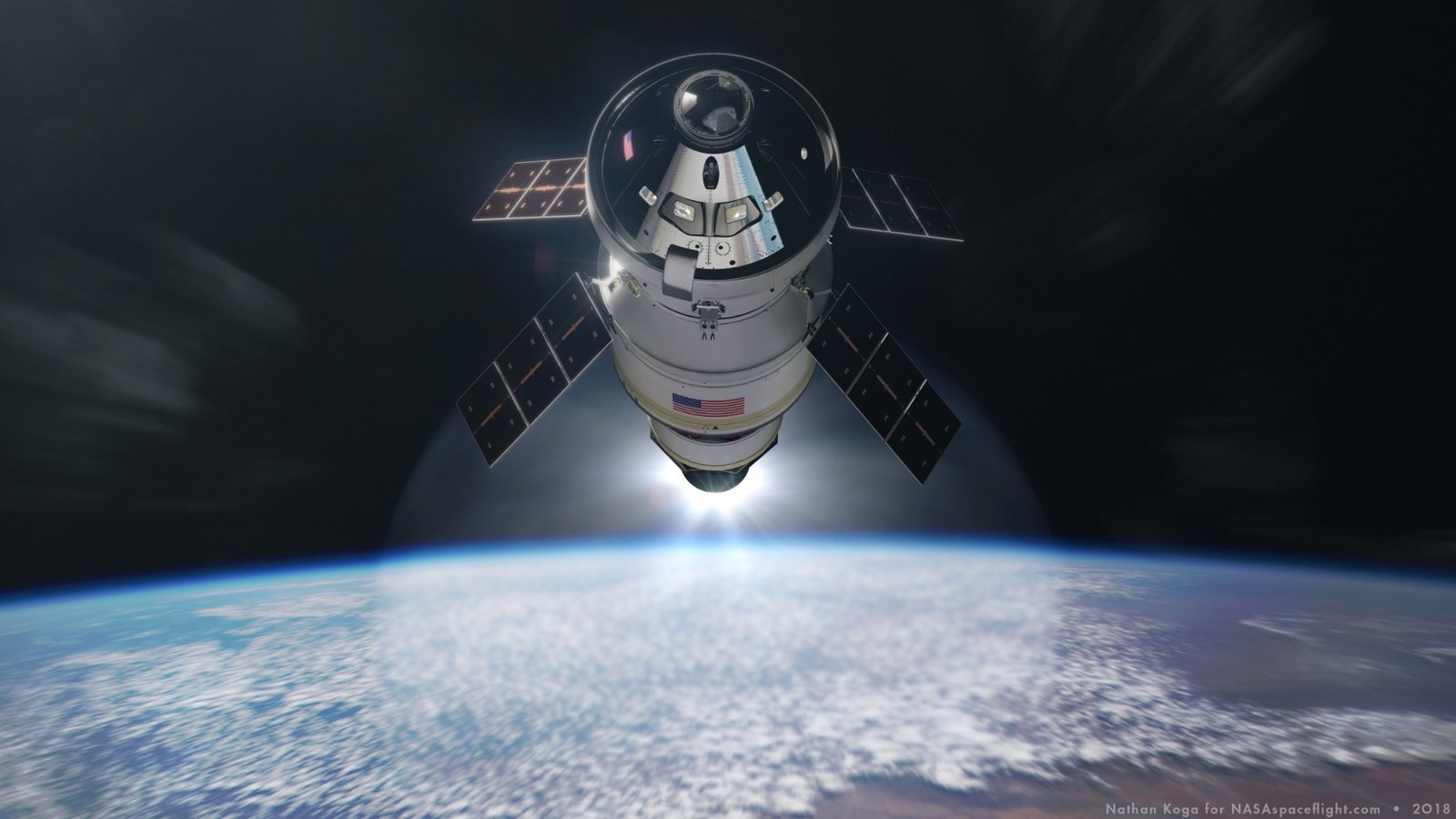
The National Aeronautics and Space Administration or NASA is an independent agency of the United States federal government, responsible for the civilian space program as well as Aeronautics and aerospace research but for a long time people have been growing increasingly distrusting of them and even suspected the agency of attempting to hide photographic evidence of important discoveries from us. So, these are some those leaked photos NASA doesn’t want you to see them.
The Genisis Crash
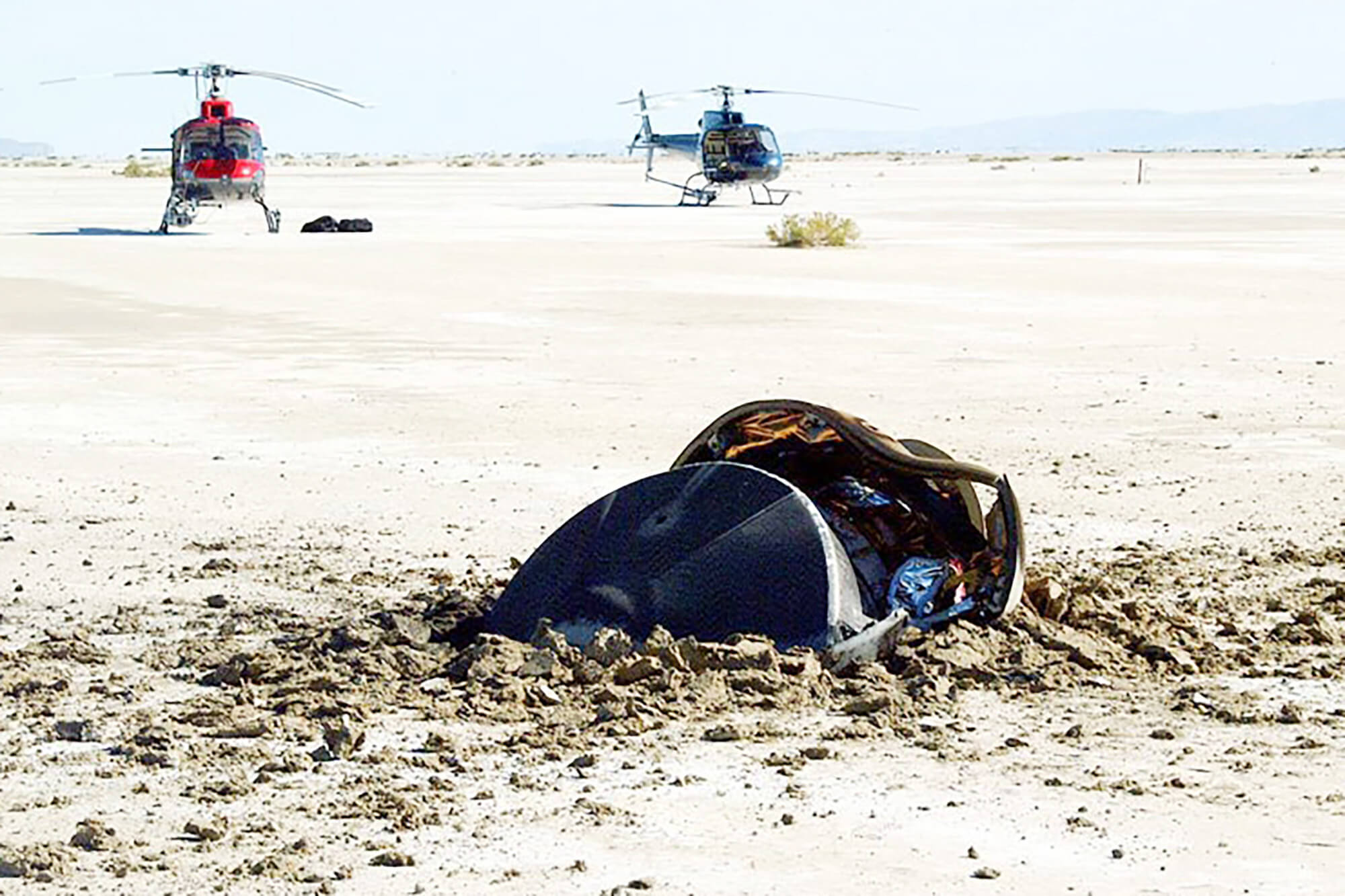
On August 8th, 2001, NASA’s sample return Probe Genesis was launched. It was the first NASA sample return mission to return material since the Apollo program and the first to return material from beyond the orbit of the moon but the return sample crash-landed in Utah on September 8th, 2004. With it being launched in 2001 and then crash landing in 2004 that means it missed the cinematic releases of the entire Lord of the Rings trilogy which is a shame. The crash contaminated many of the sample collectors although most were damaged, some of the collectors were successfully recovered.
It’s long been speculated that because of how disastrously the mission went wrong, the Genesis is a source of great shame for NASA. As a result, photos of the crash are said to be rather embarrassing for the organization.
The Delta 2 Rocket Explosion
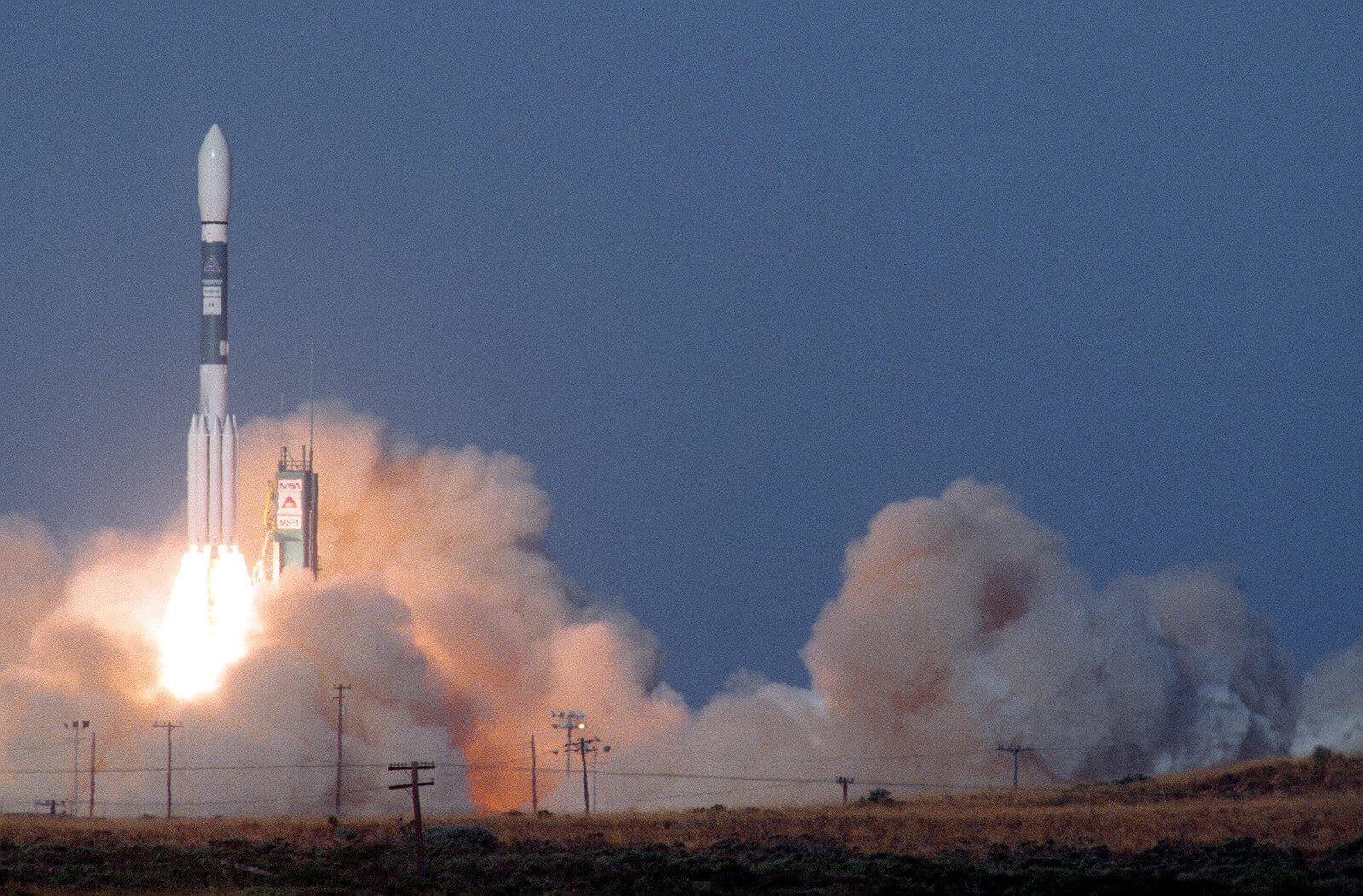
NASA have done lots of remarkable things like when they landed Neil Armstrong on the moon but they’ve also made some epic fails. GPS IIR-1 or GPS SVN 42 was the first block IIR GPS satellite to be launched. It was to have been operated as part of the United States Air Force Global Positioning System. It was launched on January 17th, 1997 and managed a remarkable flight a mere 13 seconds before being destroyed by a malfunction of the rocket that was carrying it.
Debris from the explosion fell into the Atlantic Ocean and on the Cape Canaveral Air Force Station. Some debris landed around the launch pad and a small fire started, other debris landed in the parking lot outside the complex block house, destroying 20 cars that were located there. 250 tons of debris fell within 3000 feet or 910 meters of the launchpad. One piece of debris made a hole in a cable track allowing smoke to enter the blockhouse. Residents of the area around the launch site were advised to stay indoors, close the windows, and turn off air-conditioning systems as a precaution as some vapors from the fuel could be irritant or toxic. The explosion was reported to have been felt 25 miles or 40 kilometers away from the launch site and damage to store windows 10 miles or 16 kilometers away was reported.
Space Monkeys
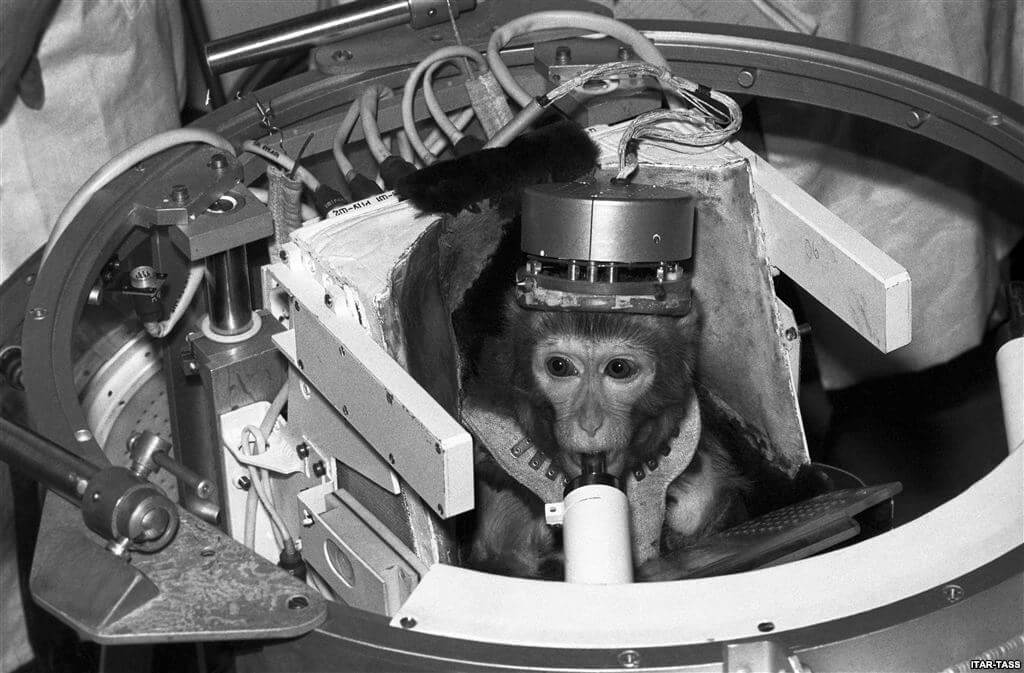
In the current era, animal rights are getting better every day. Testing on animals is no longer the norm. In fact, if a corporation is proven to use animal testing as part of the development process of their product, they’re usually faced with so much scorn from the world press and media that it’s hard to recover their image. That’s why, NASA tries to cover up all photographic evidence that they used to use monkeys and it’s true that monkeys went into space long before we did.
Before humans went into space, several other animals were launched into space including numerous other primates so that scientists could investigate the biological effects of space travel. The United States launched flights containing primate passengers primarily between 1948 and 1961 with one flight in 1969 and one in 1985. France launched two monkey carrying flights in 1967. The Soviet Union and Russia launched monkeys between 1983 and 1996. Most primates were anesthetized before liftoff. Overall, 32 monkeys flew in the space program, none flew more than once. Numerous backup monkeys also went through the programs but never flew. Monkeys and apes from several species were used including rhesus macaque, crab-eating macaque, squirrel monkeys, pig-tailed macaques and chimpanzees.
The first primate astronaut was Albert, a rhesus macaque who flew on June 11th 1948 rode to over 63 kilometers or it’s 39 miles on a V2 rocket. Albert died of suffocation during the flight which makes photo graphic evidence of him being prepped all the more embarrassing for NASA. Albert was followed by the dynamically named Albert 2 – who survived the V2 flight but died on impact on June 14 1949 after a parachute failure. It became the first monkey and the first primate in space as his flight reached 134 kilometers or 83 miles, past the karman line of 100 kilometers taken to designate the beginning of space. There was also an Albert three who died in an explosion at 35,000 feet and in Albert 4 who died on impact.
Evidence of Fake
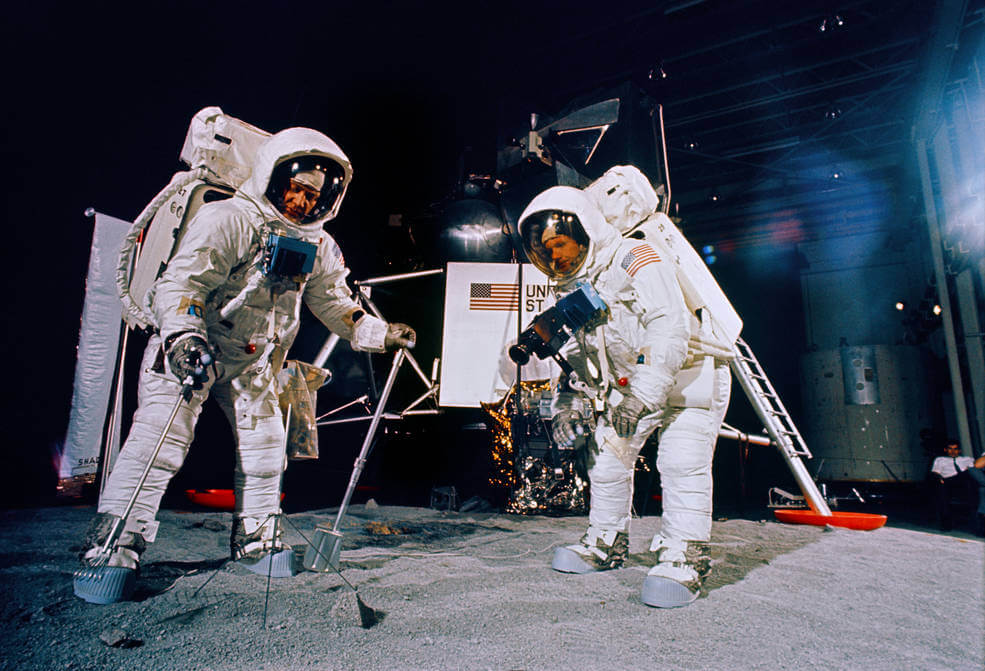
NASA doesn’t want you to see this photo for a different reason. NASA doesn’t want you to see this photo because it potentially exposes the moon landing as a fake and ever since this photo leaked conspiracy theorists have used it as one of the key pieces of evidence in their theory that the moon landing was faked.
As you can see, the photo clearly shows Neil Armstrong and Buzz Aldrin in a film studio. They’re wearing their suits, the lunar landing is set up, there are even rocks scattered across the ground to simulate the texture of the moon. This is a very real photo from within NASA’s archives that clearly shows them mocking up the infamous landing in a studio. This proves once and for all that the conspiracy theories are right, the moon landing never took place that it was all staged for camera in a filming studio.
When quizzed about the leaked photos the official statement from NASA was that “this is a photograph from a training session in order to prepare Armstrong and Aldrin for the actual moon landing that took place three months prior to the event” but this hasn’t convinced the theorists.
Moon Man
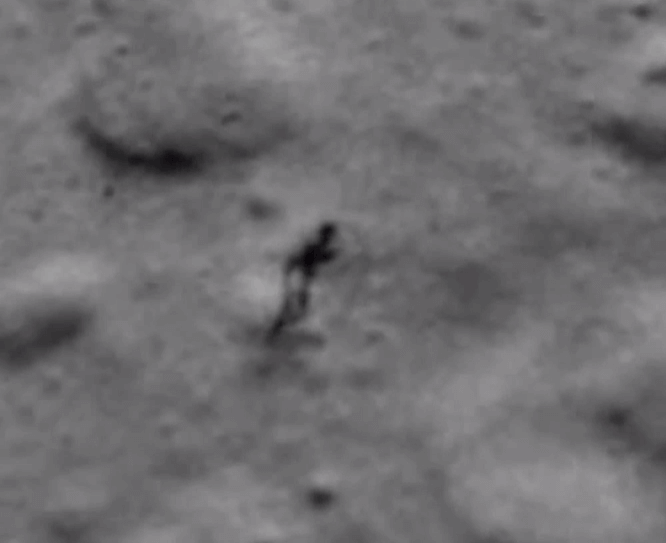
More recent photos seem to show some kind of strange creature slinking around the moon. It’s dark and shadowy but noticeably human-like in shape. One you tuber included this photo in one of his videos. He found it using Google Moon at the coordinates 2734’26.35″N 1936’4.75″W. NASA which has checked the image against its trove of images from the same location is shrugging it off but we have other images that do not show any imperfection. So, most analysts believe the image reflects nothing more than a tiny piece of debris on the lens.
A tiny piece of debris that just so happens to be perfectly human shaped. Although when that very point was raised, the NASA scientists pointed out that humans tend to use this ability to enrich our imagination and recognize meaningful shapes even when they’re not there. Seeing familiar things in random objects is a known aspect of human nature known as Pareidolia. People aren’t quite accepting NASA’s statement and think the organization knows exactly what it is and are merely lying because the photo is one of their own that is leaked.




